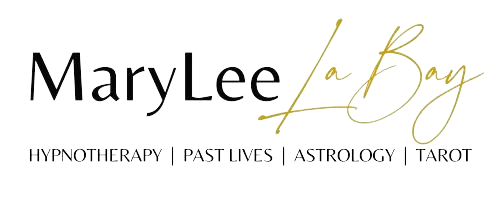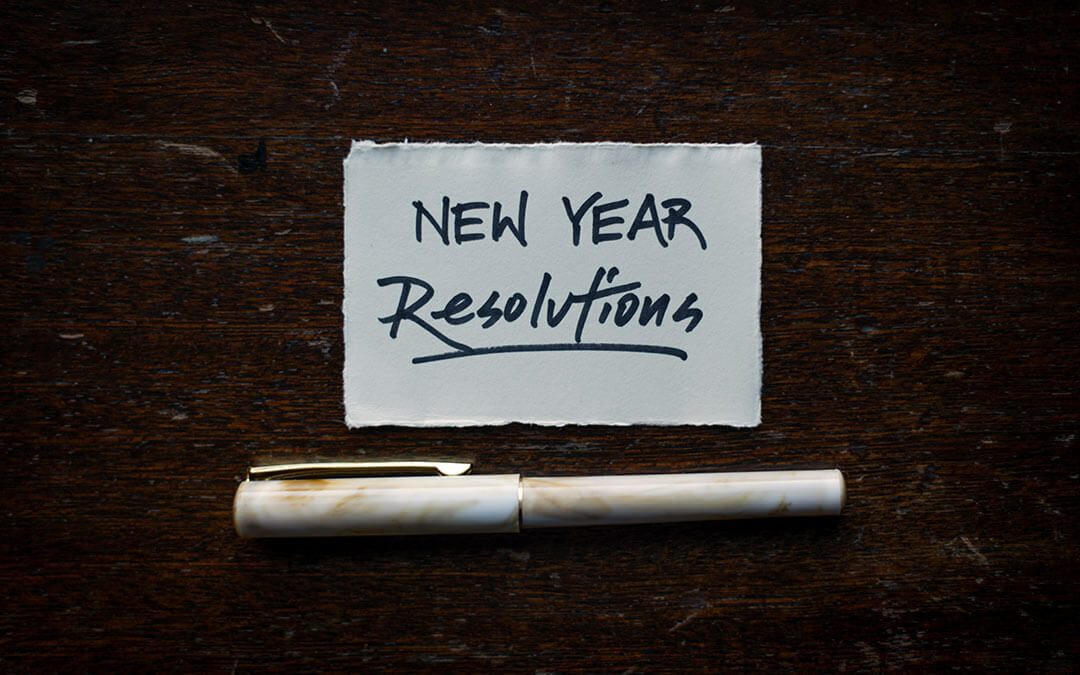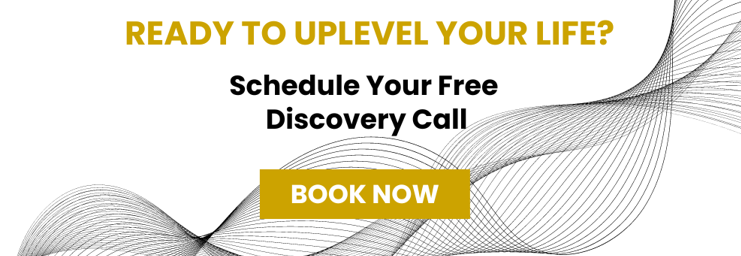New Year’s Goals – Beyond champagne parties and the ball dropping in Times Square, the concept most linked to New Year’s is the resolution. This post aims to help you create and stick to your New Year’s resolutions list so that you can set realistic goals and achieve them with success.
As we make our way through the holidays, we are always dancing on that timeline that will culminate on January 1st, when we resolve to trade our self-defeating habits for ones that will bring us greater health, joy, and prosperity.
Modern Concept About New Year’s Goals
New trends have emerged in how humans technique their New Year’s resolutions. With a stronger recognition of intellectual well-being and work-life stability, people are prioritizing self-care, mindfulness, and versatility over inflexible dreams.
Trends like adopting a “phrase of the year” (choosing one phrase that displays your normal intentions) or setting quarterly desires in place of annual ones have received a reputation.
In the virtual age, many are also leveraging habit-monitoring apps, productivity planners, and even AI-powered digital coaches to assist live responsibly all throughout the year.
This article will show you how to create New Year’s resolutions that stick around.
New Year Resolutions Lists Statistics & Success Rates
Here are some interesting statistics about New Year’s resolutions lists.
According to a survey conducted by Stephen Shapiro and the Opinion Corporation in Princeton, NJ, here are some New Year’s resolution stats:
- 45% of Americans typically make resolutions, 17% occasionally do, and 38% never bother with them.
- Only 8% always reach their New Year’s goals. 19% do every other year. 49% find some success, but not always. Sadly, 24% (or 1 in 4) never succeed, failing every year. So, 3 out of 4 rarely make it.
Ever felt like this?
Of those who do set resolutions (these add up to more than 100% because some people set multiple resolutions):
or those who make resolutions (some make more than one): 34% focus on money, 38% on weight, 47% on self-improvement or learning, and 31% on relationships.
What about you? Seems younger folks (39%) stick to their resolutions more than older ones (less than 15%).
Interestingly, unhappy people tend to set more resolutions, especially about money: 41% unhappy, 34% somewhat happy, and 25% happy.
But here’s a twist: Being successful with resolutions doesn’t make you happier than those who don’t set any or struggle to keep them.

Using a Year-End Vision Quest to Make New Year Resolutions List
As the year draws to a close, it’s natural to look back on our journey through the previous twelve months, noticing where we started and how far we have come. As you start to reflect on the past year and anticipate the year ahead, ask yourself a few questions to ponder in meditation. Let the following questions guide your thoughts for your New Year resolution setting.
Where are you?
This is not about your location in time/space, although that can be included. Think in terms of where your soul is along its eternal journey. Are you in your infancy, or are you a mature soul? Do you ever feel a bit unsure about where you are and why you’re there? Or are you confident in your location and reasons for being there?
Where are you going? Or do you intend to go?
Again, we are not talking about vacation plans. Which way are you steering your life? And what sort of person do you aspire to be? What type of knowledge or skills do you need to support your existence and enhance your consciousness, whether you are in this lifetime, between lifetimes, or in a future lifetime?
What adventures are you hoping to have on your journey?
While it may seem obvious that we would want to be infinitely wealthy and have unlimited joy, again, think in terms of the types of specific experiences that will propel your soul to a higher level, give you a greater depth of character and a broader understanding of the universe and all its inhabitants, including yourself. What types of experiences would allow you to know yourself better or would challenge and stretch you in ways that would be beneficial? Hint: This usually requires getting out of our favorite comfort zone.
How will that experience shape you?
If you get to have the experiences that you listed above, how do you expect them to alter who you are as a character and as a soul? In what specific ways do you anticipate you will be different? What will you then be capable of?
What shape do you want to be?
As you imagine the results of your desired experiences, contemplate if that is the result that you actually want. Perhaps it is. In that case, where will that lead you next?
- How will your life be different?
- What new path will you be on, and with what goal in mind?
And if the results of your desired experiences do not seem to take you where you want to be, what might have to be different?
- What other experiences may be required?
- What knowledge or skill would still be necessary to further hone your soul to the desired shape and nature?
The Ultimate Guide to Making and Sticking to Your New Year’s Goals?
If you are creating a New Year’s resolutions list, you’ve more than likely set a few goals or wishes that you’d like to see come true over the course of the year. Ever wonder how often people set goals or resolutions only to fall short? Have you ever found yourself in that situation?
Let me share an important insight around setting goals and healthy New Year’s resolutions and give you my inside scoop on success with resolutions.
When setting goals for the New Year, think of it more as a choice for a better lifestyle rather than rules of deprivation. You are setting a new pattern or trend leading toward a more desirable state of being.
If you encounter a setback or make a mistake along the way, rather than seeing it as a failure and giving up, see it as more information. Now you know more about yourself and about the challenge. Foster your curiosity and fascination with this self-discovery. Explore it. Use it to inform your strategies moving forward.
For instance, you are committed to quitting smoking. After a few weeks of diligent non-smoking, you find yourself with a cigarette between your lips. Don’t assume you have failed and just start smoking a pack a day.
Take the time to figure out what triggered this bump in the road. Learn as much as you can about yourself and about that trigger, and then go back to not smoking again while you work on that. It is just information – not a cause for failure! Now that you’ve learned what doesn’t do the trick, let’s focus on what does.
Another tidbit to chew on.
A true resolution requires a decision. It isn’t wishy-washy, a maybe, or riding the fence. Once you make up your mind, you’re either on one side of the fence or the other. Once you have truly decided, your reasoning, value, and integrity require that you be committed to that path. That commitment ensures the success of the resolution.
A failed resolution indicates you have not truly decided. Start there to get back on track. If it’s something you truly desire, go ahead and make that decision.
A Technique to Create Your New Year’s Resolutions
When you are thinking about your New Year’s resolutions, consider the following. While there are many ways to get there – diets, exercise, budgets – and a wide range of means to support our efforts – coaches, counselors, trainers, and so on – there is one universal technique that just may make the journey to your goals a bit easier – and perhaps more fun!
The Role Model technique is an anchoring protocol that allows you to obtain traits that you admire in others or traits that you imagine you will have when you accomplish your goals.
This is a powerful tool used to reinforce new behaviors at the culmination of hypnotherapy and NLP sessions, and now you can obtain the benefits from this simple self-hypnosis on your own.
Imagine a future version of yourself. You have already acquired the success, goals, growth, and learning that you now seek. Imagine the nature of the attitudes, characteristics, or skills you would have.
Your future self right in front of you. A version of you who has already achieved your desired goals, gained the desired knowledge and skills, or removed the unwanted behaviors.
Look at that future person. Notice how “the new you” looks and moves. Observe your energy and anything else about you.
Now, shut your eyes, take a deep breath, and as you count to three, step into that future perspective.
Notice what it is like to be inside that body – the feelings, posture, attitudes, thoughts, confidence, movements, and anything else you notice.
At the count of three, step out of that future body and back into your own present body here.
Try to explain to yourself how it feels to come back to your current body. Continue to step in and out several times, each time describing the sensations and perspectives you observe, along with the qualitative differences between the two bodies.
When you begin to notice little difference or that you don’t want to step back from that new version, it is complete.
Ask yourself which version of you is more aligned with the bright, shining spirit that you were created to be. It makes sense that you want to stay connected with your truest and best self.
Then, continue to practice being in this new perspective. Remember, any time that you feel that you have slipped out of that desired sense of being, you simply have to remember what it is like, by closing your eyes and imagining it. And, once again, step into that new you on the count of three.
This tool comes in handy for all sorts of situations. For instance, this technique will assist in a weight loss goal by allowing the evolved version of you to lead you through the day, making the proper food and exercise choices.
Imagine all the ways that life could be easier and goals achieved more readily when you move through your challenges as though it’s your natural way of being.
How are you planning to apply this Role Model technique to reach your New Year’s goals?

Get Assistance with Your List of New Year’s Resolutions
Overeating, smoking, or being reactive is not the problem. These are only symptoms. To finally be rid of the unwanted symptoms, you have to identify the true problem by going much deeper into the causation. There is a secondary gain for every behavior—a deeper need that is being fulfilled, whether consciously known or not. As long as the deeper root and secondary gains are in place, it will be a frustrating battle to keep your stated resolution.
Maybe the most useful resolution for the New Year is to decide to seek help from someone who can guide you to the deeper roots of the issue, and quickly and finally give you the solution to the real problem!
- Limiting beliefs: possessiveness, insecurity, overly sensitive, self-sabotage, people pleasing, needing approval from others, being stuck, fear to express self, undeserving, writer’s block, worthiness, shame
- Health: anxiety, stress, hair pulling, smoking, procrastination, space clearing and decluttering, substance abuse, addressing cancer, eczema, back pain, neck pain, foot issues, depression, insomnia, nail-biting, OCD, allergies
- Wealth consciousness: sound business decisions, removing blocks to success, finding balance, resolving issues with co-workers, career changes, preparation for retirement, confidence to create a business, feelings of lack and not deserving, hoarding
- Relationships: childhood abuse, sexual abuse, clearer communications, making healthier choices in mates and friends, dysfunctional family issues, regaining personal power, clear boundaries, decisions to leave an inappropriate relationship, rebuilding a failing marriage, creating a peaceful separation, social anxiety, decisions to get into a relationship, sexual preference issues, bullying, self-awareness, grief, and loss
- Spirituality: Meet and speak with spiritual guides, remember multitudes of past life memories, discover life purpose, change aspects, correct philosophical misunderstandings and confusion, develop personal value systems, psychic self-defense, resolve spirit attachment, soul retrieval, wisdom messages from the higher self, discover a blissful state, self-denial, recovering from religious indoctrination, rewrite spiritual contracts, attaining the first spiritual experience, enhancing intuition.
If you’d like help creating a New Year’s resolutions list and work with a trained professional to maintain long-term healthy changes in your life, you’re invited to book a complimentary Discovery Call with me.
Ending Thoughts
Creating a New Year’s resolutions list can be tough, but working with them consciously and deliberately, with a professional, will make sticking to them all the more possible.
Feel free to drop any questions you have about New Year’s resolutions and setting goals in the comments section below.



